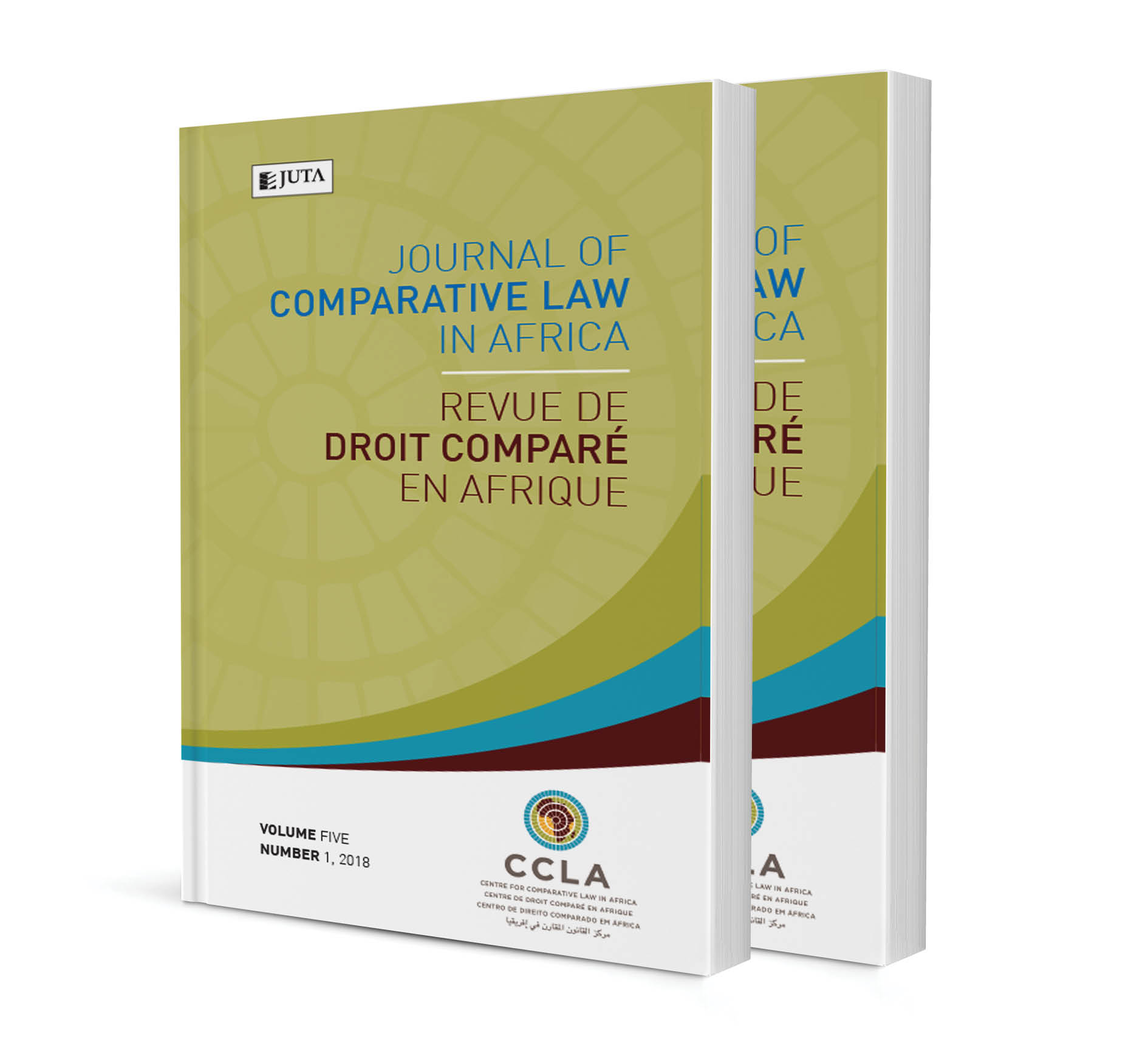
The Clean Development Mechanism and Sustainable Development: Comparative Analysis of Governance of CDM in China and Nigeria
Authors Oluwatoyin Adejonwo-Osho
ISSN: 2521-2605
Affiliations: Lecturer at the Faculty of Law, University of Lagos, Nigeria
Source: Journal of Comparative Law in Africa, Volume 4 Issue 1, p. 125 – 144
Abstract
Climate change is considered one of the most serious threats to humanity and sustainable development. In response to this threat it has become necessary to stabilise the emission of greenhouse gases (GHG) by developed countries and promote sustainable development, especially in developing countries to steer them away from the path of unsustainable development travelled by developed countries. Article 12 of the Kyoto Protocol established the Clean Development Mechanism (CDM) to promote sustainable development in developing countries. The current CDM project pipeline indicates that countries in Asia and Latin America, such as China, South Korea, India, Brazil and Mexico, currently dominate the CDM project pipeline. They have been successful in supplying over 80% of global certified emission reduction credits (CERs). However, Africa has not been so successful in attracting CDM projects. For example, Nigeria is currently hosting seven out of the 7 987 registered projects in the CDM project pipeline. Using desk-based research and comparative analysis, this paper seeks to highlight the factors that have contributed to the CDM success of countries such as China. In conclusion, the paper advocates that Nigeria can use the CDM as a tool to institutionalise and achieve sustainable development.